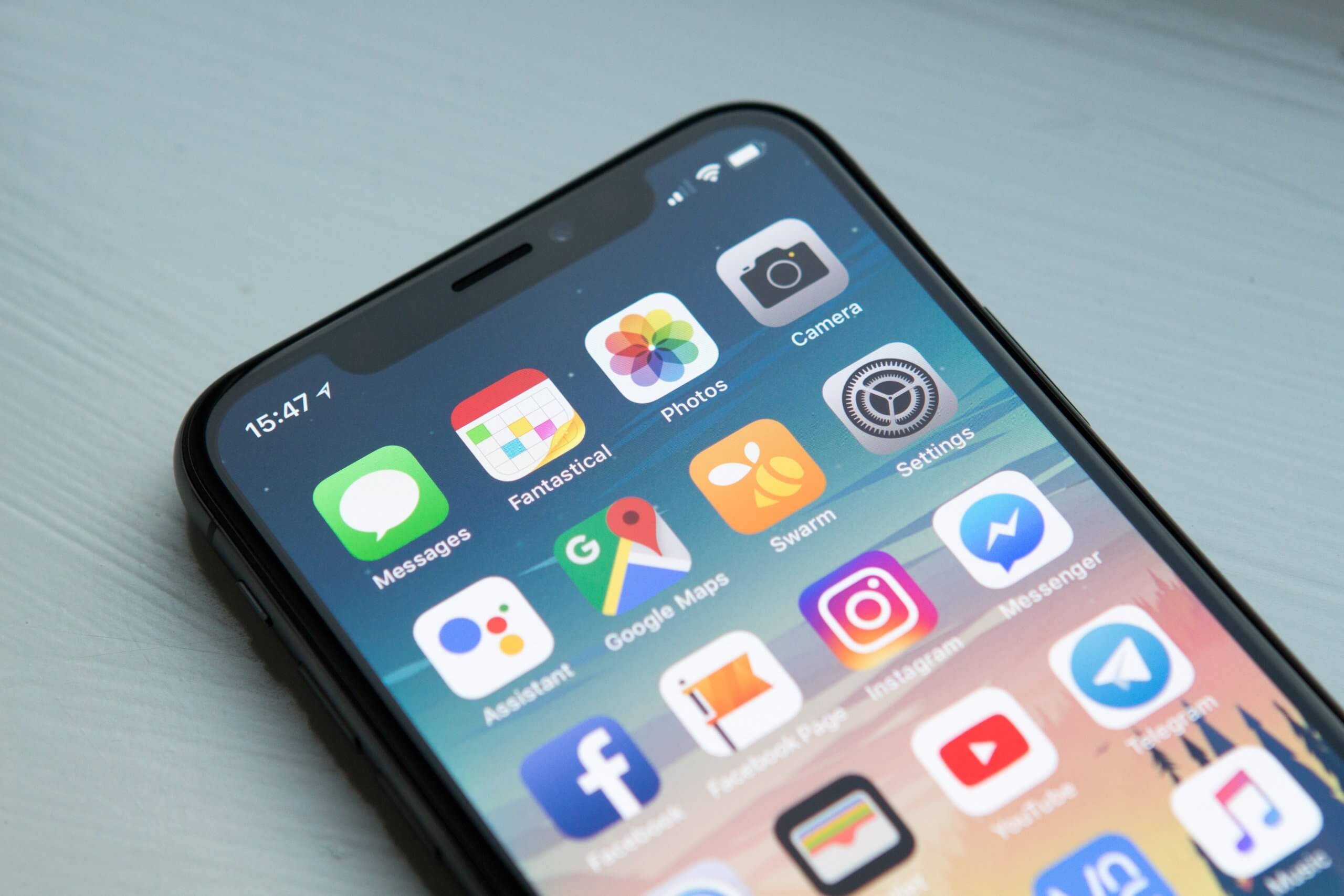
How to Launch Mobile App: 8 Pre-Launch Steps
Launching a mobile app can be an exciting experience, but it also requires careful planning and execution. It is important to take the time to plan out every detail of the process before launch day. This article will provide readers with 8 pre-launch steps that should be taken in order to ensure a successful launch of their mobile app. With these tips, readers will be able to develop a strategy for launching their app in the most effective way possible.

Step 1: Research & Development
Before launching a mobile app, it is important to undertake thorough research and development. This process involves identifying the target audience of your app and understanding their needs, preferences, and behavior. Research also helps you identify the strengths and weaknesses of your competitors’ apps so that you can differentiate yours.
To start with research and development, conduct surveys or focus groups to gather feedback from potential users about what they want in an app. Look into similar apps on the market to get an idea of what works well for users and what could be improved upon. Analyzing reviews of these apps can also provide valuable insights.
Once you have gathered data from research, use it to develop a plan for your app’s features, design, and user experience. Create wireframes or prototypes to test out how your ideas will work in practice before investing too much time or money into development. By taking the time to carefully research and plan your app before launch, you increase its chances of success in a crowded market.
Step 2: Create a Roadmap
Once you have defined your mobile app concept, it’s time to create a roadmap. A roadmap is an essential step towards the success of your app launch. It helps you identify the key milestones and deadlines that need to be achieved in order to take your app from development to release.
The first step in creating a roadmap is setting clear goals for your mobile app. These goals should be specific, measurable, achievable, relevant and time-bound (SMART). Once you have established these goals, prioritize them based on their importance for the success of your launch.
Next, break down each goal into smaller tasks or sub-goals that are more manageable and easier to track. Assign each task or sub-goal to a team member responsible for completing it within a specific timeline. Use project management tools such as Trello or Asana to keep track of progress and ensure that everyone is working towards the same objectives.
Finally, regularly review and update your roadmap as necessary throughout the pre-launch process to address any changes or issues that may arise. By creating a comprehensive roadmap at the outset of your mobile app launch plan, you will be better equipped to manage resources efficiently and stay on track towards achieving success.

Step 3: Assemble a Team
Once you have determined the scope and requirements of your mobile app, it’s time to assemble a team that can bring your ideas to life. Depending on the complexity of your app, you may need to hire developers, designers, project managers or marketing experts. It’s crucial to find people who are passionate about their work and committed to delivering high-quality results.
When hiring developers, look for individuals with experience in building similar apps and who are proficient in programming languages such as Swift, Kotlin or React Native. For design work, seek out professionals who understand user interface (UI) and user experience (UX) principles and have experience designing for mobile devices.
Project managers will help keep everyone organized and ensure deadlines are met. They should be skilled at managing timelines, budgets and resources while maintaining effective communication between team members. Lastly, consider bringing on marketing experts early in the process so they can provide input on features that will resonate with your target audience from day one. With the right team in place, launching a successful mobile app becomes much more achievable.

Step 4: Design & Develop
In the fourth step of launching a mobile app, it’s time to get creative and bring your vision to life. This is where you design and develop your app. Start by creating wireframes or rough sketches that outline the basic layout of your app. Use this as a foundation to build upon as you flesh out each screen in more detail.
Once your wireframes are complete, it’s time to move onto the design phase. Choose colors, typography, icons, and other visual elements that will help enhance the user experience. Ensure that all design elements complement each other and work together seamlessly.
After designing your app’s interface, it’s time to start coding and developing the app itself. Begin with building out the minimum viable product (MVP) version of your app first before adding additional features later on. Test everything thoroughly along the way to ensure that all functionality works smoothly before launching your mobile app into the market.

Step 5: Test & Debug
Once you’re done with the development and design of your mobile app, it’s time to test and debug. This is a crucial step as it ensures that the app works smoothly without any glitches. Testing involves checking every feature of the app to ensure they work correctly. You can use emulators or real devices for testing purposes.
Debugging involves identifying and fixing errors in the code. If there are any bugs or glitches, this is the stage where they need to be addressed before launching the app. It’s essential to test your app on different platforms, devices, and operating systems because each has its unique characteristics that may affect how your app functions.
After testing and debugging, you’ll have an idea of what changes should be made before launching your mobile application into the market. With proper testing procedures in place, you will be able to launch a stable product that users will enjoy using without experiencing annoying bugs or crashes.
Step 6: Pre-Launch Promotion
One of the most crucial steps in launching a mobile app is promoting it before its official release. Pre-launch promotion can help you generate buzz, build anticipation, and attract potential users. To do this effectively, you need to leverage various promotional channels such as social media, email marketing, PR outreach, and influencer partnerships.
Social media is one of the most effective channels for pre-launch promotion. You can use platforms like Facebook, Twitter, Instagram, and LinkedIn to share teasers that highlight your app’s unique features and benefits. You can also run targeted ads to reach your ideal audience and encourage them to sign up for early access or beta testing.
Email marketing is another powerful tool for promoting your app pre-launch. You can build an email list by offering exclusive content or incentives such as discounts or freebies in exchange for subscribers’ emails. Once you have a sizable list of subscribers, you can send them regular updates about your app’s progress and invite them to join beta testing programs or provide feedback on early prototypes.
Step 7: App Store Listing
After developing your mobile app, the next step is to list it on the App Store. This is a crucial step in launching your app as it allows users to find and download your product. When creating your listing, ensure that you have included all necessary information such as the app’s name, description, screenshots or videos of its features, and pricing details.
Your app’s name should be unique and easy to remember while its description should highlight its key features and benefits. Ensure that you optimize your keywords for search engines so that potential users can easily find it through search queries. Additionally, use high-quality screenshots or videos showcasing your app’s user interface and functionality to give users a clear idea of what they can expect from using it.
Lastly, make sure you set the appropriate pricing for your app depending on factors such as competition and market demand. By following these steps when creating an App Store listing for your mobile app, you increase its chances of being seen by potential users who are interested in downloading similar apps in its category.
Step 8: Launch Day Prep
After working through the previous seven steps, you’re finally ready for launch day! But before you hit the “publish” button, there are a few things you should do to ensure a successful launch. First, make sure your app is fully tested and that any bugs have been fixed. You don’t want users to encounter any issues when they first start using your app.
Next, create a press kit with all of the important information about your app, such as screenshots, logos, and descriptions. This will make it easier for bloggers and journalists to write about your app and share it with their followers.
Finally, prepare for customer support inquiries by setting up an email address or chatbot specifically for this purpose. Make sure you have a plan in place for addressing common questions or concerns so that users feel supported from the moment they download your app. With these last-minute preparations complete, it’s time to launch your mobile app into the world!
Conclusion
In conclusion, launching a mobile app can be a daunting task. However, following these eight pre-launch steps can help streamline the process and ensure that your app is successful. Starting with market research and audience analysis is key to understanding your target demographic and building an app that meets their needs. From there, creating a solid development plan and hiring the right team will ensure that your app is functional and user-friendly.
Once your app is developed, it’s important to conduct thorough testing to catch any bugs or issues before launch day. Implementing effective marketing strategies such as press releases, social media campaigns, and influencer outreach can help generate buzz around your app and attract users. Lastly, monitoring user feedback post-launch can give valuable insight into areas for improvement and potential updates.
Overall, by carefully planning each step of the pre-launch process, you increase the likelihood of having a successful mobile app launch.



